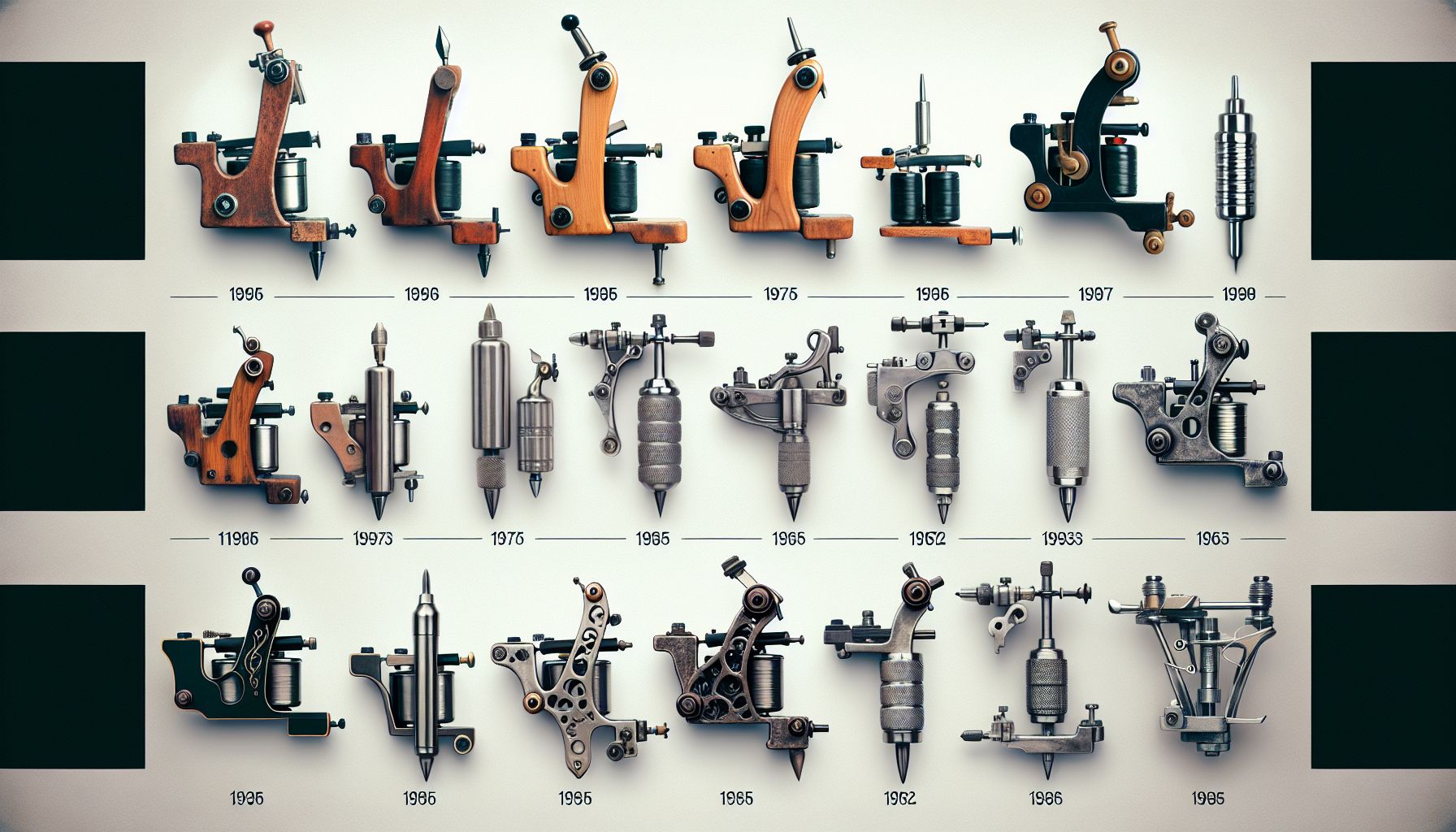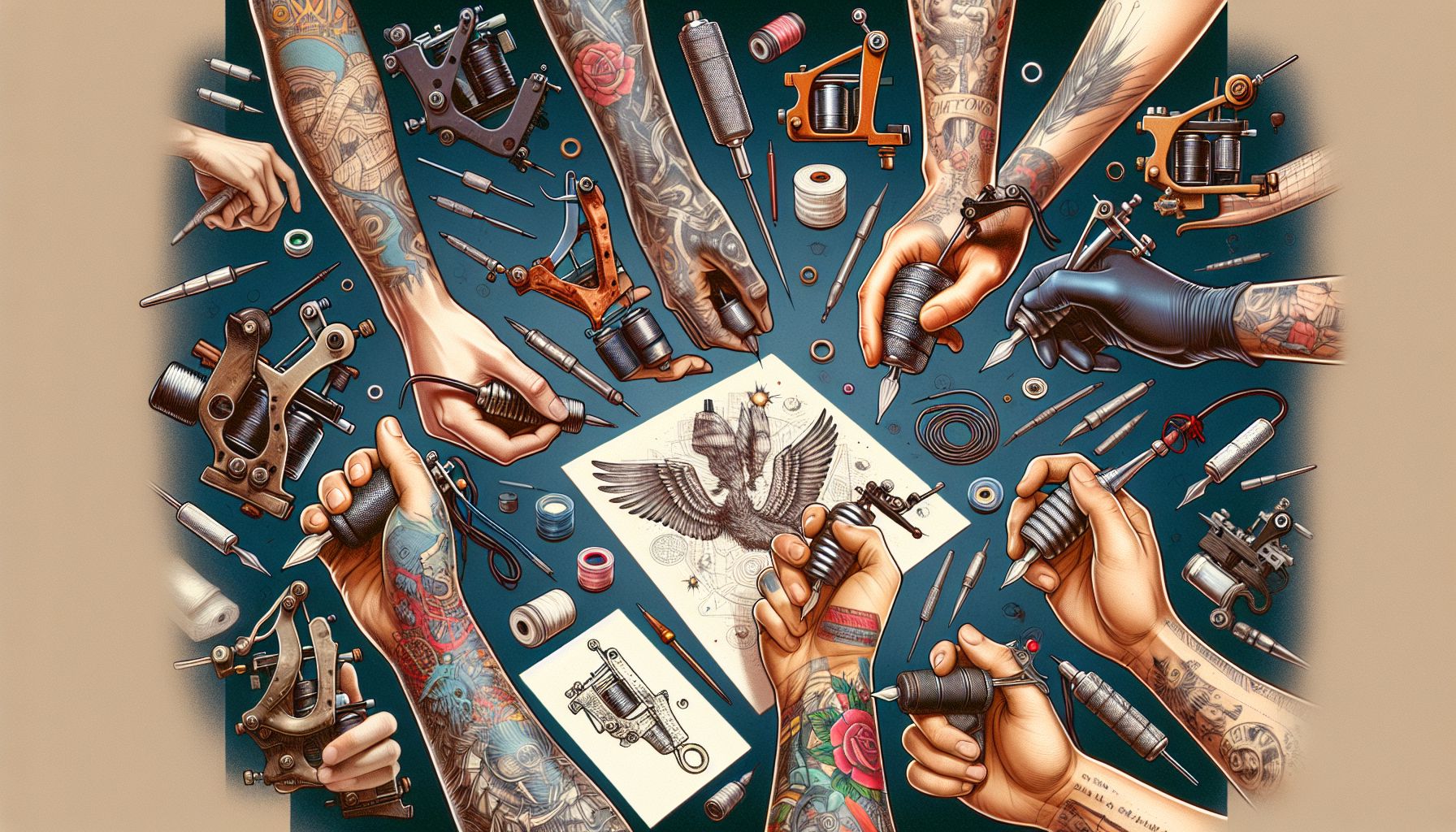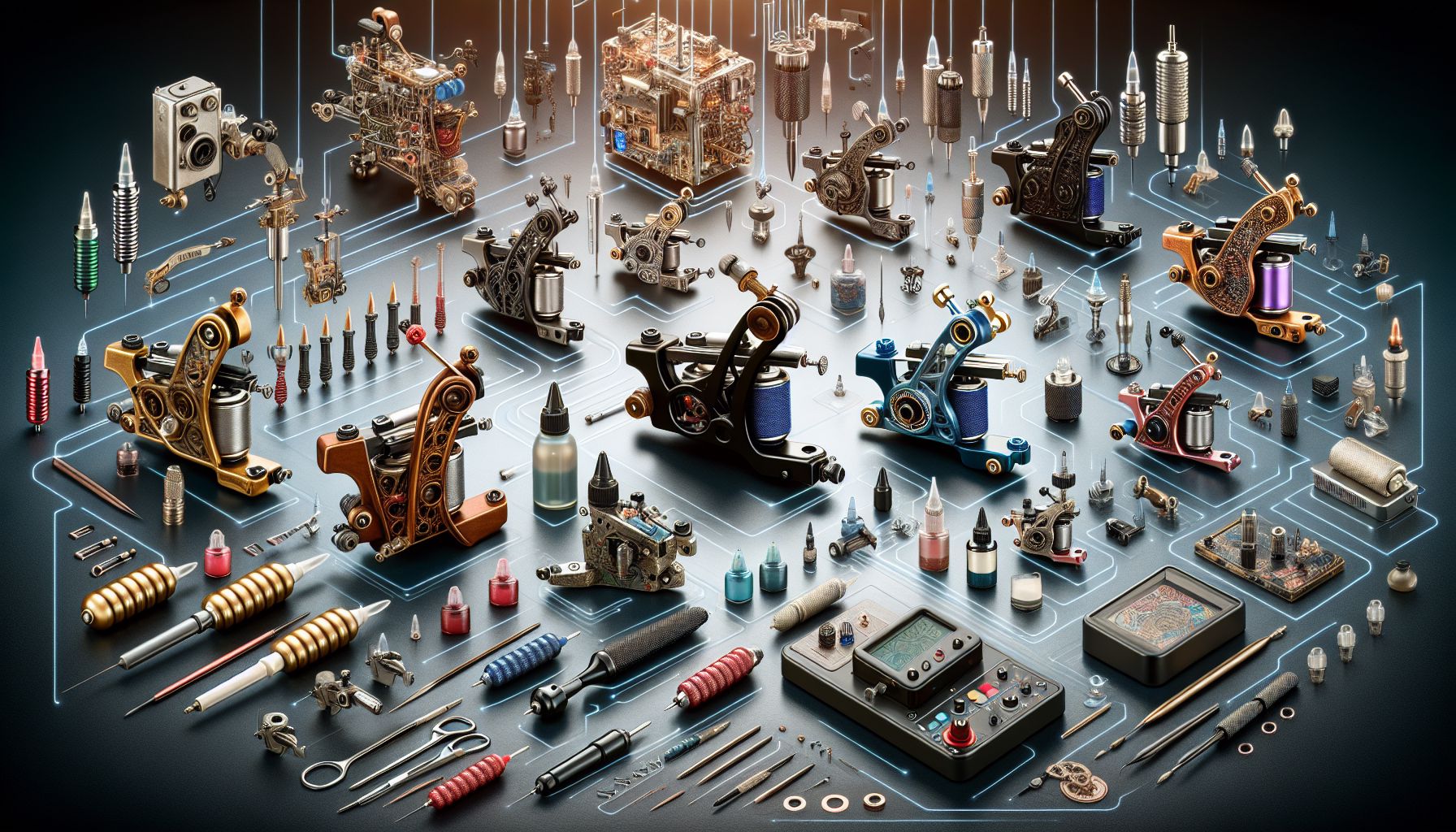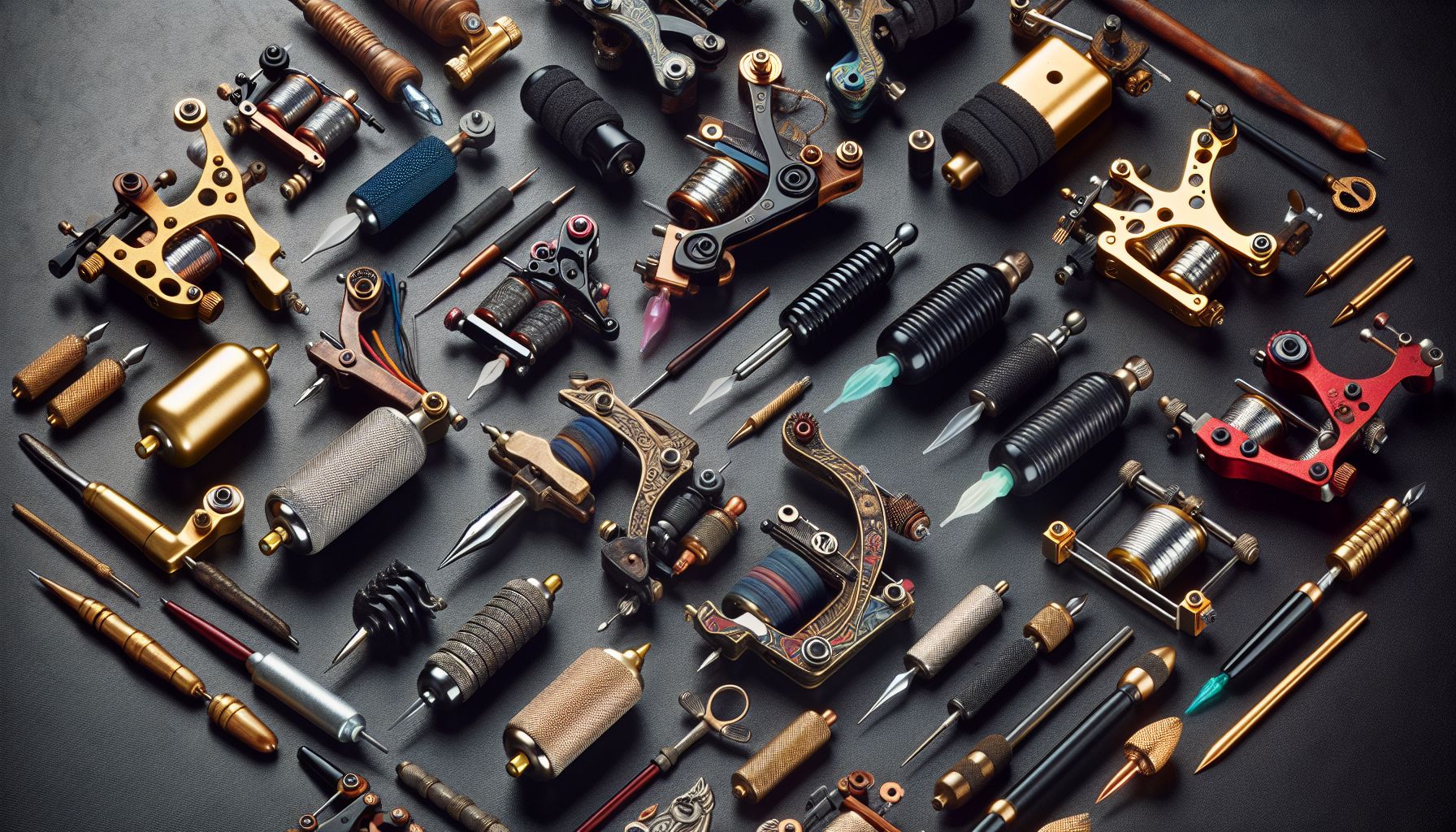In the vast universe of tattoo supplies, one particular item has been a consistent backbone, supporting both seasoned tattooists and beginners in the journey of creating mesmerizing body art – the Tattoo Machine. From the early rendition of Samuel O Reilly’s electric tattoo machine to today’s powerful, sustainably sourced equipment, tattoo machines have evolved in ways both dramatic and nuanced.
My first encounter with a tattoo machine dates back 20 years. I was a fresh-faced artist eager to impress with unique designs and a strong desire to outperform my elder counterparts. I recollect the heavy, inconsistently powered machine that would heat up halfway through a session, posing numerous challenges and confusion. We didn’t have much choice in brands or models then, an obtrusive contrast to the variety found in today’s markets.
Fast forward to present times, tattoo supplies industry offers an array of machines sporting diverse capabilities, designed to cater to different styles, techniques, and skill levels. But before delving into the current landscape, let’s step back a bit to appreciate how we reached here.
The early inception of tattoo machines kick-started the professional tattoo scene. Samuel O Reilly’s electric tattoo machine, patented in 1891, was a far cry from the traditional hand-poked Japanese ‘Tebori’ method, offering increased efficiency and safety. Inspired by Thomas Edison’s electric pen, this ’embroidery’ device paved the way for further innovations.
From there, we saw numerous iterations, from Percy Waters’ double-coil machine that reigned the mid-20th century to Micky Sharpz’ iconic Iron Microdial, hinting at the customizable future of tattoo machines. During the late 90s and early 2000s, as a professional tattoo artist, I observed the introduction of rotary machines, reflecting the industry’s relentless push for progress.
The advent of rotary tattoo machines brought significant change. Lighter, quieter and smoother in operation, they won over many artists with their ease of use. Brands like Cheyenne Hawk and Bishop Rotary popularized the machine, with models that provided the precision required for elaborate designs and intricate shading or color packing.
Recently, the tattoo supplies market has exploded with wireless tattoo machines, freeing artists from cumbersome cords and allowing flexibility like never before. Brands like FK Irons with their Spektra Flux have raised the bar by introducing longer battery lives, Bluetooth connectivity and industry’s first-ever wireless footswitch.
But with the vast options floating around, the decision couldn’t get more challenging for tattoo artists, particularly for beginners. My advice? Prioritize your comfort and the style you want to master. If you’re a blackwork artist who relishes heavy lining or stippling, coil machines may suit you best. For those inclined towards detailed realism or stippling, rotary machines with their smooth operation and precise line work capability can be the pick.
Yet, remember that technique should not solely depend on the machine per se. My experience has taught me that mastery evolves with consistent practice, knowledge, and the gigantic interplay of all tattoo supplies—from inks to needles. It’s the synergy between these elements that eventually drive perfection.
Tattoo machine evolution indeed underscores the remarkable advancements in our industry. With technology seeping further into the field, the future promises even better tools finely tuned to an artist’s needs. The evolution of tattoo machines has not just broadened options for artists but has pushed boundaries, enabling them to create finer, more intricate pieces that stand the test of time.
And while selecting your perfect machine may feel overwhelming, remember, each choice deepens your learning curve, enriches your journey, and subtly influences your unique tattooing style. So make your choices wisely, embrace the process, and keep an eye on the evolution of tattoo supplies. It’s an exciting era to be a part of the tattoo industry, and I cannot wait to witness what the future holds.



